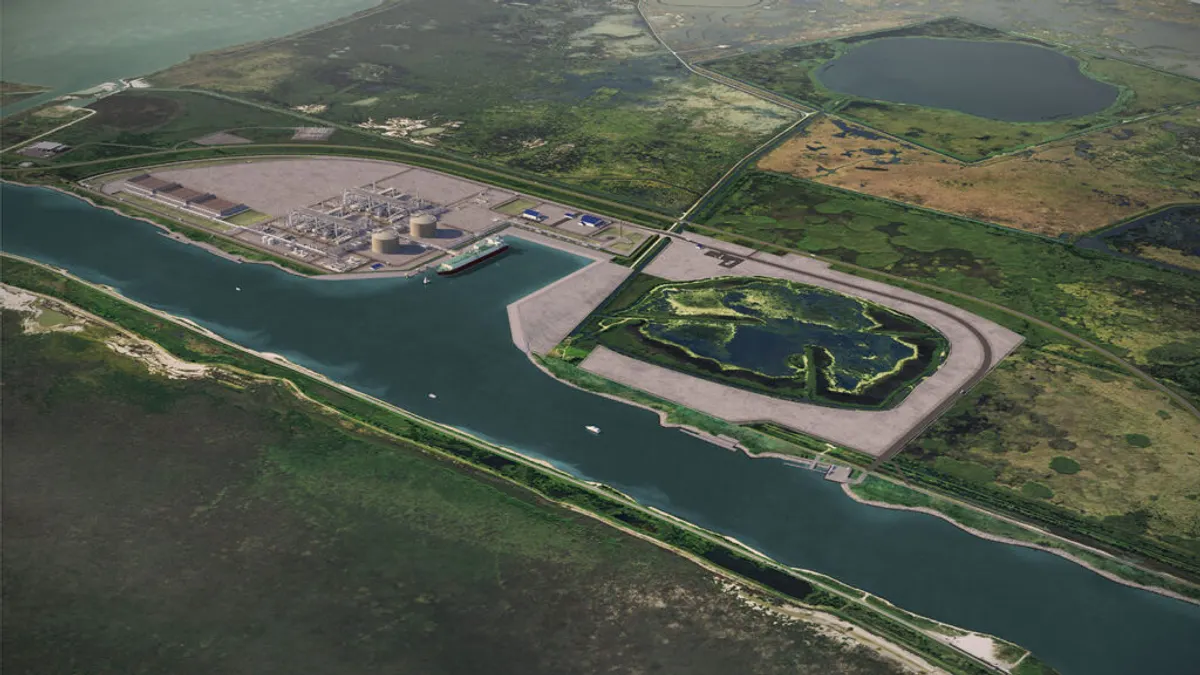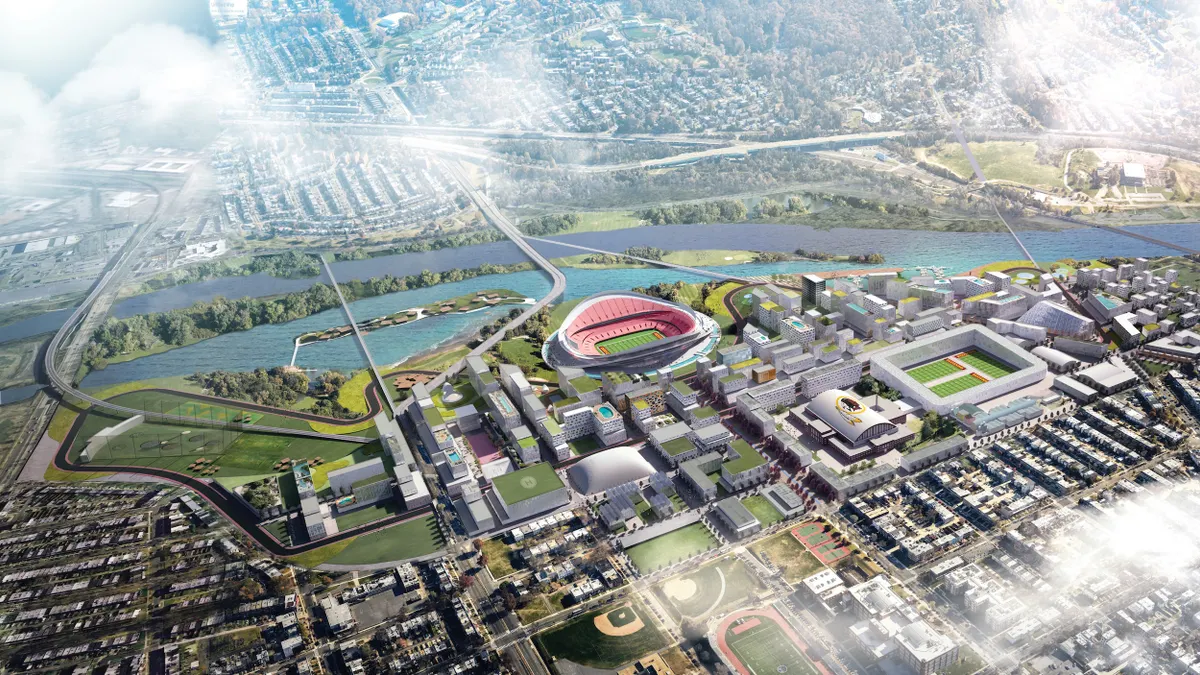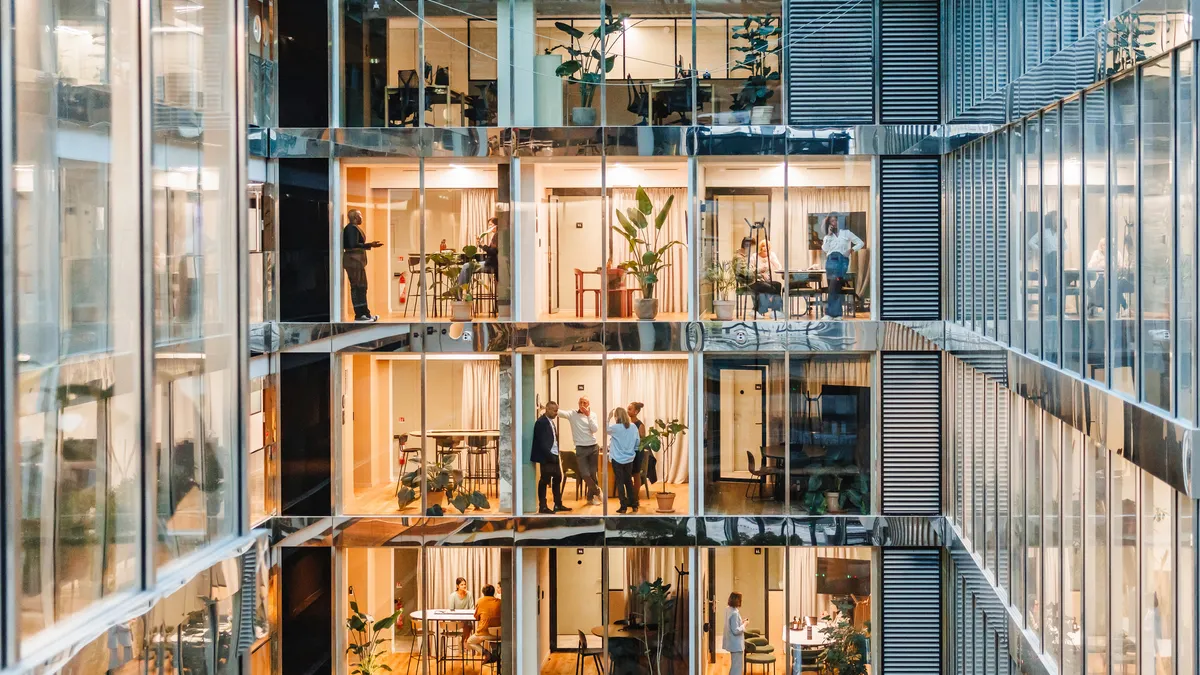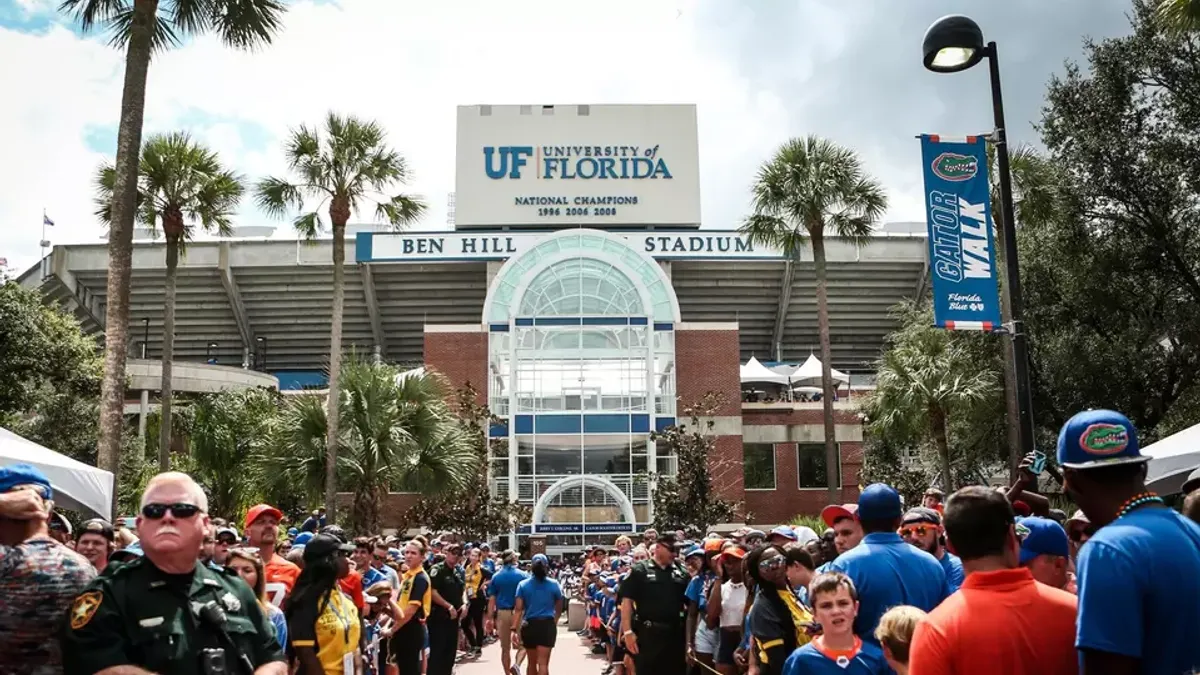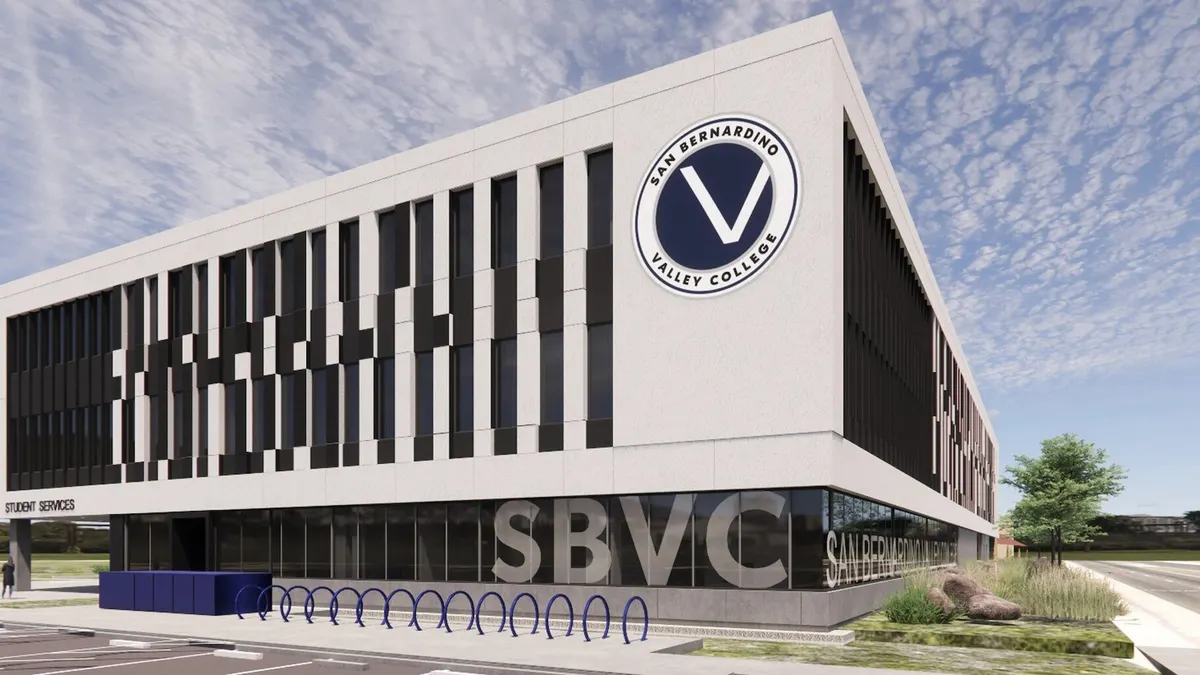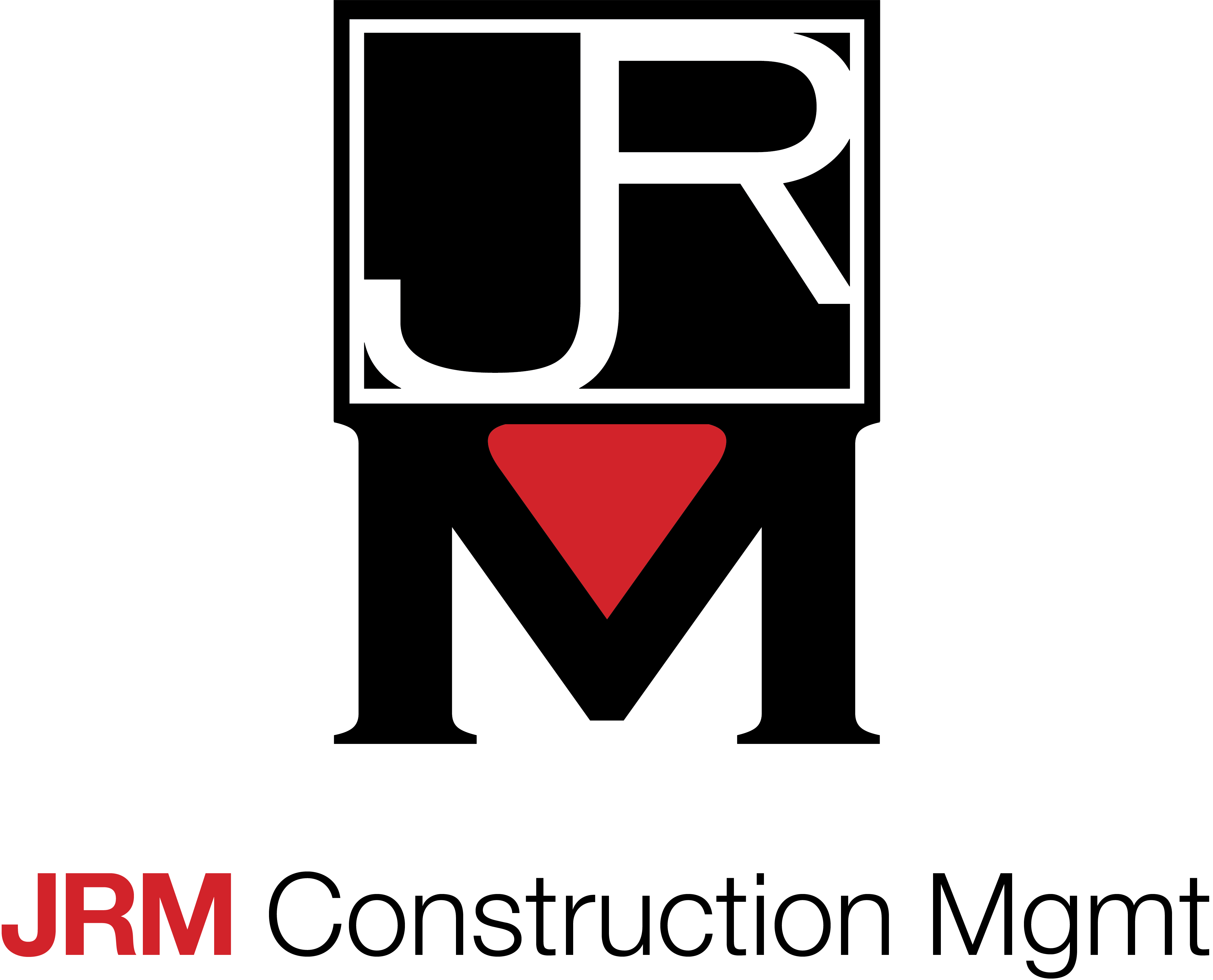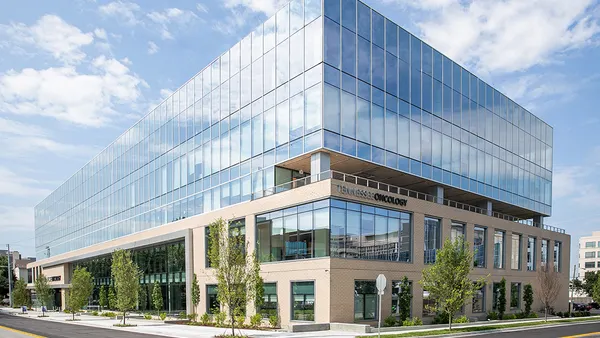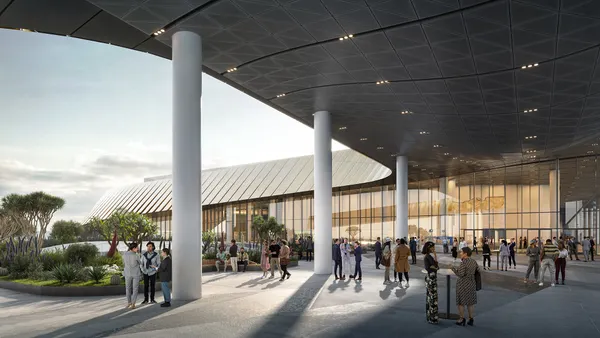When a new tech company sets up shop in a city, certain results are a given. Temporary construction employment will get a boost — the size of which depends on the scope of the company's new offices — and there will likely be job opportunities for local residents, sometimes a significant number if the firm is new and not so many if it is bringing its workforce with it.
And then there are the homegrown tech companies. Jeff Bezos started Amazon out of his Seattle garage in 1994, and, by 2019, the company will have purchased and built out enough office space in the city for 70,000 employees.
In addition to these direct employment benefits, tech hubs can also transform the surrounding community, from transportation to housing options.
Tech companies' effect on Seattle
At the end of 2016, Amazon filled 8.5 million square feet in 34 Seattle buildings and is on track to grow that number to 12 million square feet by 2022, according to GeekWire. In addition, of the 2.5 million square feet of downtown office space added to the city's inventory last year, Amazon snapped up 69%.
Other major tech companies are following Amazon's lead in Seattle. Facebook announced late last year that it would lease two buildings worth $246 million, but not-yet-built, near Amazon in the South Lake Union area beginning in the third quarter of 2018. The new property will allow the social media giant to double its Seattle workforce from 2,000 to 4,000.
About a year ago, Google also announced it was expanding in the neighborhood, with plans to occupy 607,000 square feet of office space in four mixed-use, six-story buildings, with retail on the ground floor and residential above.
And who is the real estate developer who's largely responsible for luring these tech giants into Seattle? None other than Paul Allen, co-founder of Microsoft, which has approximately 15 million square feet of office and lab space at its campus northeast of Seattle in Redmond, WA.
So why would Amazon and other tech companies choose Seattle over Silicon Valley? Phil Greany, construction executive at Mortenson's Seattle office, said the cost of living was a big reason for that decision.
Apartment rentals in Silicon Valley, he said, are approximately 35% more than in Seattle, and those in San Francisco are about 40% higher. This is especially attractive to people who jump ship and head to Seattle from those areas, as they receive about the same pay but with a significant reduction in living expenses.
Piling on are other firms that want to be near the tech hub that Amazon has created, according to Greany. For example, because of a large tax on foreign investment, companies — tech-related and otherwise — have set their sights on Seattle rather than their original target of Vancouver. "It’s like everybody is rushing to Seattle, and there's no end in sight," he said.
"It’s like everybody is rushing to Seattle, and there's no end in sight."

Phil Greany
Construction executive at Mortenson's Seattle office
In Seattle, this surge in growth has spurred additional investment in mass transportation. Seattle's $3.7 billion East Link Extension will connect Seattle and Bellevue, WA, across Lake Washington. That 7-mile stretch is part of a $54 billion mass transit plan that will connect the greater Seattle area with 62 miles of light rail and rapid-bus services.
It just so happens, Greany said, that Amazon has purchased land in Bellevue. "Everybody is predicting that will grow along with Amazon," he said.
Of course, although the investment in mass transit will aid in business development and appeal to the modern, millennial workers that tech companies are desperate to attract, it's not taking place in a vacuum. Neither is the residential construction going up around the tech hub that Amazon has created in the South Lake Union area of the city, as the surrounding community can also reap the benefits.
"By connecting everything with light rail or living in a building next door to the office, then [Seattle residents] don't have to deal with the traffic," Greany said.
Other perks for the community outside of the tech companies include the evolving streetscape, such as improved pedestrian access, green streets with parklets instead of parking spaces and underground parking instead of parking garages. Even those, he said, must be camouflaged in some way to blend in with the greenery.
Why property owners need a 'vibrant environment' for employees
Millennials, along with other generations of "new city" residents, love their green space, which is the specialty of Ben Donsky, vice president of Biederman Redevelopment Ventures. BRV develops and maintains parks, or urban environments, for municipalities and private building owners that want to deliver a fun, innovative space — not just another green patch of land.
BRV organizes games, athletic leagues and other special events in a Wi-Fi-enabled park setting. Donsky said that just like the restaurants and bars that swarm an area after tech companies move in, parks are becoming increasingly important as well.
"Property owners understand they need this vibrant environment for their employees," he said. "It's not just about the speed of elevator or finishes of a building. It's about what's happening outside the building and in the neighborhood."
"It's not just about the speed of elevator or finishes of a building. It's about what's happening outside the building and in the neighborhood."

Ben Donsky
Vice president of Biederman Redevelopment Ventures
Donsky said BRV has negotiated with cities to provide free W-Fi in parks, which can become de facto startup business space. "When you combine movable [hardware] with the free Wi-Fi and different games and activities," he said, "all of a sudden the park becomes a dynamic place for these young professionals."
Much of this is all par for the course anytime a major tech hub pops up, according to Andrew Greene, chair of the national construction practice at Perkins Coie in Seattle. After significant investment in business comes housing, then mixed-use, transportation and education investment.
Right now in major cities, he said, apartment construction is booming because that's the kind of housing that younger tech workers seek out, as they want to live close to work and have transportation and amenities nearby.
This, he said, has been the driver behind tens of thousands of new apartments in Seattle and San Francisco.
The transformation of Phoenix into its 'adulthood'
Phoenix has also seen a huge boon from the tech industry, according to Christine Mackay, director of Community and Economic Development for the city of Phoenix. The number of tech companies that called the Valley of the Sun home totaled only 67 in 2012. Today there are 265 software, web design and bioscience firms creating jobs and contributing to the city's economy, according to Mackay.
She said the tech explosion lin downtown Phoenix largely started in 2008 with Brad Jannanga, co-founder of WebPT, an electronic medical record company. Jannenga and his wife started the company out of a Phoenix coffee shop, and it now boasts more than 300 employees, still maintaining a downtown presence.
The other powerhouse driving the city's tech development was scientist Jeffrey Trent, founding scientific director of the National Institutes of Health's National Human Genome Research Institute. Mackay said that Phoenix went on a "full-court press" in the early 2000s in order to draw Trent in, even building a $54 million research tower for his Translational Genomics Research Institute (TGen).
Trent has spawned at least 16 bioscience and related companies since he made the move to Phoenix, according to Mackay, and TGen now sits at the center of an active downtown Phoenix Biomedical Campus.
So why have other tech companies followed suit? Graduates from Arizona State University and other local universities and colleges are a big draw, Mackay said, and, similar to young workers across the country, they want to live in a walkable neighborhood close to work where they can run home and walk the dog or do personal errands on their lunch hour without getting into a car.
Because of this need, Mackay said, there are currently 5,000 downtown high-density, for-rent apartment units in progress or in the permitting stages.
Phoenix has also seen a surge in its number of restaurants, with 330 in the central city alone. This tech hub-driven phenomenon is being used to draw additional companies to the area, along with a vibrant music and entertainment scene, which has also been a result of tech business development.
There are no numbers available for the total economic benefit that the tech business boom has given Phoenix, according to Mackay, but she said that most of the activity has been near transit-oriented developments along the Valley Metro Rail System, which Albert Santana, director of high capacity transit for the City of Phoenix, said in February had delivered about $9 billion to the city.
Mackay said that three years ago when she walked to her car a few blocks away from her downtown office, "it was crickets," but now, as an encouraging sign, she sees pedestrians along the short trip. "We've gone from our teenager-hood to our adulthood," she said.








